In Vitro Meat: The Inevitable Future
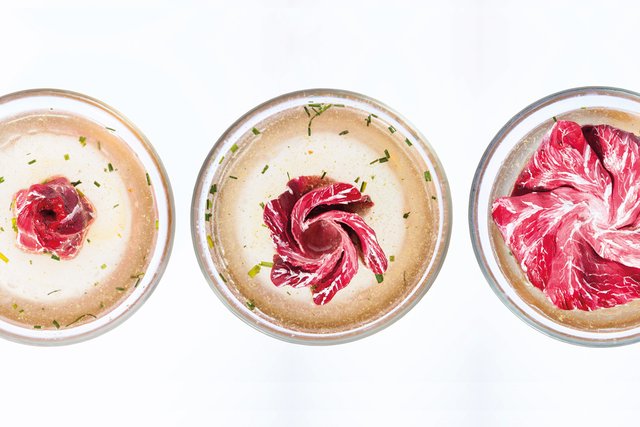
Some "Meat" Numbers
Meat consumption by mankind is growing at a tremendous pace, over the past forty years, this value has increased three times. 20 billion chickens, 1.5 billion cows and 1 billion sheep and pigs are sent to slaughter every year. After 15 years, this figure will increase by another 60%.
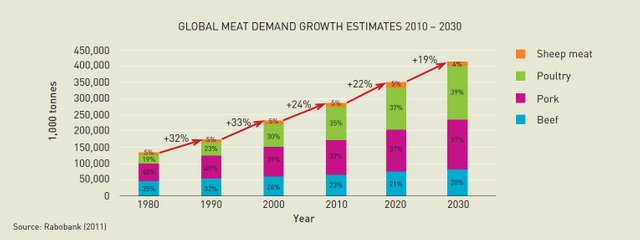
30% of productive land given over to pasture for cattle and growing feed (only 4% is used for growing plant foods). To gain 15 grams of animal protein a cow consumes 100 grams of vegetable protein.
We waste millions of tons of fresh water. To produce a ton of chicken you need to spend 15.000 liters of water. Per kilogram of beef takes 20,000 liters. In General, this industry consumes almost 70% of all freshwater in the world.
Meat production causes not only local but also global damage to the entire planet. 1.5 billion cows emit tons of methane. 18% of all greenhouse emissions on the planet comes from the production of meat.
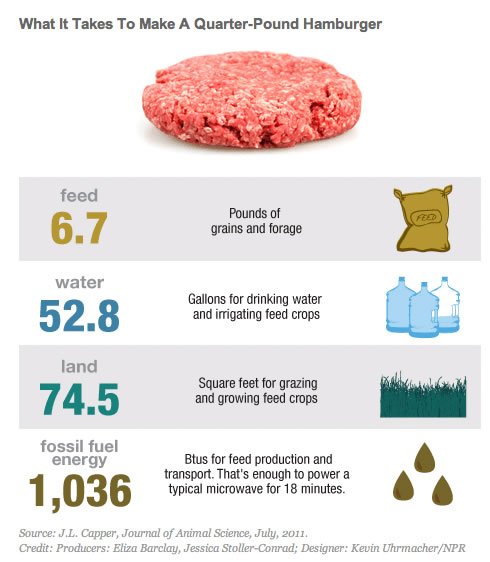
It is not surprising that after these numbers, many people prefer to stop eating meat. Though in global terms this does not change the picture and the industry continues to grow.
Many scientists are also concerned about the current situation, so they are not sitting idly by and seek the salvation in the artificial cultivation of meat in the laboratory. Recent studies in combination with modern technologies allow us to think that we are just a couple steps from opportunity to radically change the situation.
The Issue of Cost
The first experiments on the production of in vitro meat began in 2001 at NASA, but they did not give the desired result. In 2009, scientists from the Netherlands announced that they were able to grow meat from cells of a living pig, though not for food purposes.

5 August 2013 can be called a turning point. Professor Mark Post presented the first hamburger, which included 140 grams of cell-cultured meat. The price of such burger was about $330.000, the whole experiment cost about $ 1 million, meat growth took several weeks.
The main objective of the experiment was to demonstrate the technical possibilities of growing artificial meat. Mark Post proved that it is possible.
He used embryonic cells of the original animal, placed it in a nutrient medium in which they could share (a matrix of collagen). In the living body, blood vessels answer for the delivery of oxygen and nutrients to the cells, In laboratory conditions this function is performed by bioreactor. This setup enriches the sponge matrix with oxygen, protein for growth and responsible for removing waste.
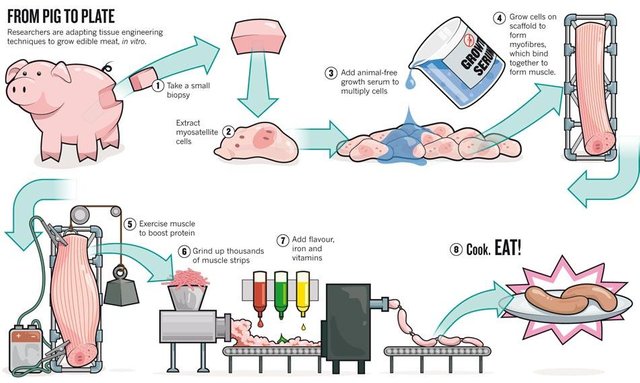
The matrix and bioreactor allow to keep the cells at specified locations, so that the muscle fibers are formed in the same way as in the living body. To stimulate growth of muscle tissue uses electricity.
From embryonic cells of a single turkey you can grow the amount of meat, which is enough to generate 20 trillion nuggets.
Today, with the development of technologies, 1 kilogram of artificially meat (namely ground beef) costs 80$ (the price of conventional ground beef- 7.2 $ per kilogram).
2 years ago startup Memphis Meats reported that they were able to grow 450 grams solid chicken meat, cost only $ 9.000. In 2017, they are able to ensure the production of chicken meat in the amount of 1.5 million chickens (it is 20% of US needs).
According to preliminary estimates by the end of 2018 1 gram solid artificial pork or beef will cost $5.
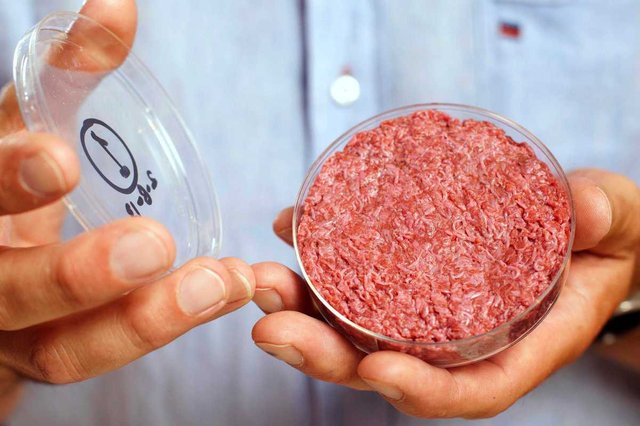
Given the pace of technology development we can expect the start industrial production of artificially meat in the next 5 years. Primarily it will replace meat in the fast food and in semi-finished products, it is much easier to produce ground meat than whole meat.
The transition to full production of artificial meat carries a wide range of advantages in comparison with the modern meat industry, but also has a number of shortcomings that require solutions.
Advantages:
- Reduction of energy to produce 1 unit of output in 35-60% (there is no need to provide the abattoir with electricity).
- Reduction of the area of production on 98%. (there is no need to grow food for livestock and poultry)
- Reduction of harmful emissions by 90%. (Methane is a waste product of cows)
- Saving of fresh water used in production by 70%.
- The lack of antibiotics, which promote the strengthening of animal viruses and also reduces the immunity of humans. (In conditions of the isolated environment there is no need to use antibiotics to combat viruses)
- Reduce the level of animal fat in the meat, which causes heart disease and blood vessels. Balanced composition of vitamins.
- Humanity towards animals. (It is enough to have a small number of animals, who are carriers of original cells. No killings.)
- Possibility of production in any places – including space colonies.
Disadvantages:
- Industrial production may increase the amount of additives artificial hormones, to accelerate the growth of muscle mass. Unknown how these foods will affect the human body.
- Development of technologies for industrial production. It is very difficult to recreate laboratory conditions (e.g. sterility) in industrial scale. (even a weak virus is able to multiply in an unprotected environment). There is no development in the field of creation of industrial-scale bioreactors.
- At the moment, the artificial meat is different from the natural by color, smell and taste. This is due to the lack of bone and blood on the stage of growth. Because of these differences, consumers may prefer the products of traditional origin. (Projects for the production of artificial meat will be not profitable in commercial terms).
- Resistance from the existing industry. Today the market of meat products is estimated at over $ 800 billions. Major corporations and governments of exporting countries will not rush to support the technology. Soon we will have a number of custom-made articles and studies on the harm artificial meat.
Conclusion
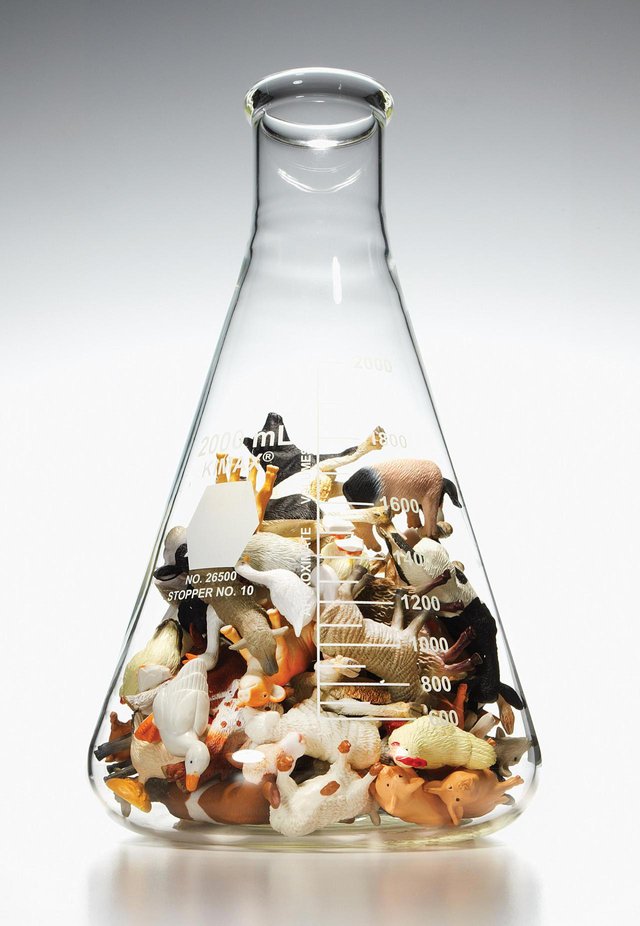
There is no doubt that sooner or later humanity will not remain other choice, except for cell-cultured meat. With the growth of population, the modern meat industry annually increases production volumes of at least 2-3%. Already today we are sacrificing colossal energy, water and land resources, which become even more limited and in demand in the current environment.
It is impossible to force to give up meat more than 7 billion people, even for the sake of the Planet. Therefore, it is necessary to change the production process itself, as soon as possible. Unfortunately, it is human nature to try to fix the damage, not prevent it. We will cease to kill animals not because of morality, but only if it would be economically inefficient.
sources: Cultured Meat, Bioreactor, Meat Without Cows, Meat From The Tube, Food for the future, livejournal Cultured Meat, Sustainable diets what you need know, , images from Google search.

Super interesting article. Have you watched the movie Anti-Viral? Reminded me of the crazy future possibilities of "growing" the full spectrum of organic matter.
Thanks for the recommendation, will definitely watch :)
In the end, if it tastes good then I will probably eat it.
Not so good as original, yet :)
Excellent! Hope it sops the unnecessary cruelty!
... and they will be able to make delicious meat snacks to beer without cows
upped
Thank you!
you're welcome :)
meep